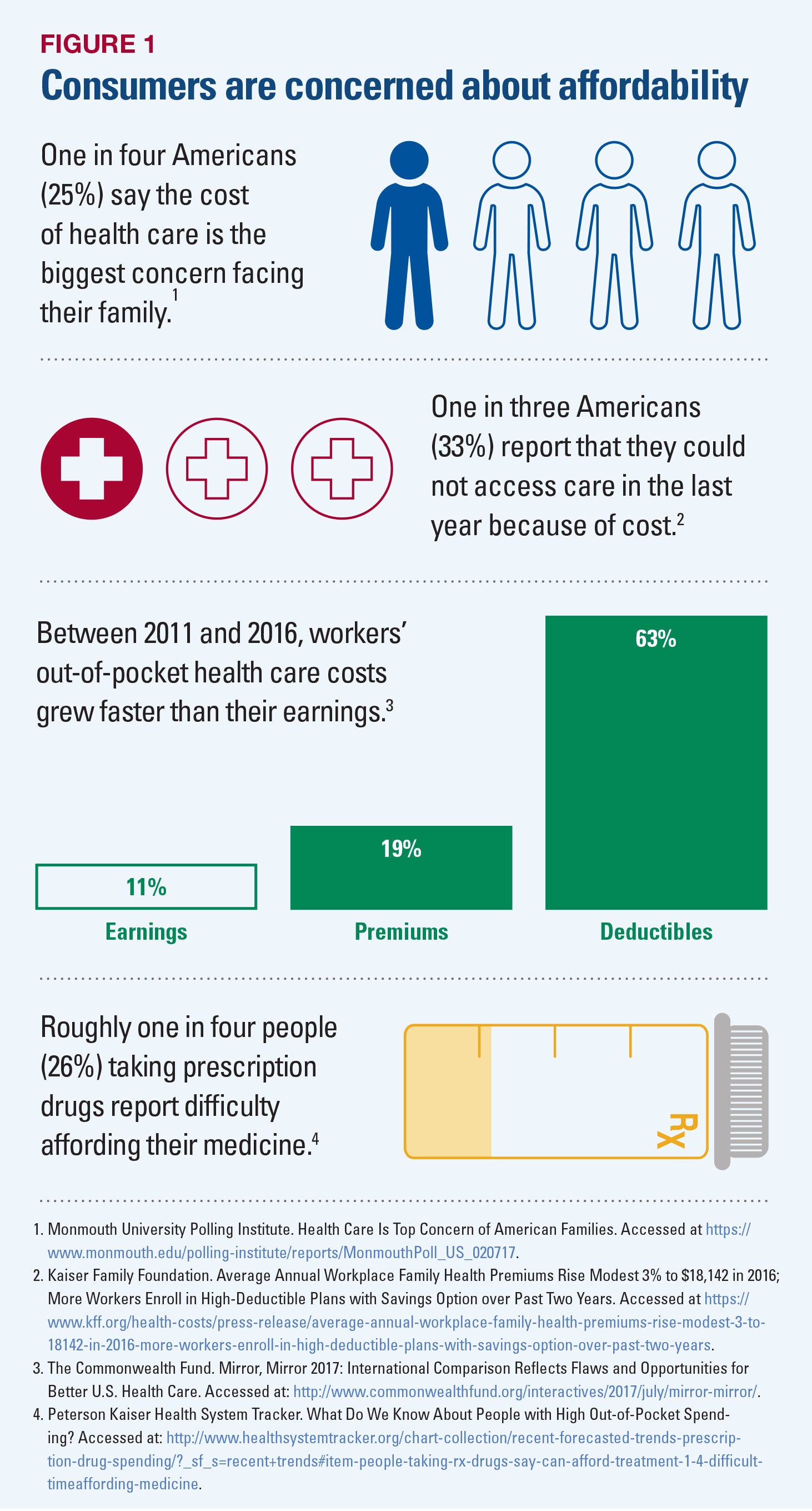
A Fragile Balance: Navigating the UK Housing Market
The current state of the UK’s housing market is like a tightrope walk between falling mortgage rates and soaring house prices. Despite recent reductions in borrowing costs, particularly for those fortunate enough to have significant deposits, overall accessibility remains significantly hampered. As a self-proclaimed property enthusiast navigating this market, I have witnessed firsthand how these changes impact the landscape for first-time buyers and those looking to upsize or downsize.
The Dichotomy of Rates and Prices
In recent weeks, we have seen mortgage rates dip below 4% for buyers with large deposits, making headlines about the ease of access for certain demographics. However, we must consider the reality for first-time buyers or home movers who lack significant capital. Many are still facing rates exceeding 4.5%, which creates a substantial barrier for entry into the property market. In fact, many mortgages on offer are tailored specifically for wealthier individuals, essentially locking out those who are trying to secure their first home.
 Current trends in the UK housing market illustrate the juxtaposition of interest rates and property prices.
Current trends in the UK housing market illustrate the juxtaposition of interest rates and property prices.
This disconnect between mortgage accessibility and high house prices is a persistent theme reshaping the market’s dynamics. Indeed, as reported recently, the average house price across the UK has risen to around £290,000, marking a 2.2% increase over the past year. The burden on first-time buyers remains apparent; many individuals are feeling increasingly squeezed as they strive to navigate this complicated landscape.
Stagnation in Transactions
Interestingly, even with a notable 7% increase in transactions year-on-year as per data from HMRC, the overall activity in the housing market is notably low compared to pre-pandemic levels. It’s a tricky situation – while buyers are certainly still active, their movements are tempered by the larger context of affordability in the current economic climate.
“Transactions are still happening but it’s a tricky process whether you’re looking to buy or sell,” notes Neal Hudson, a prominent housing market analyst.
This sentiment resonates with my own property-hunting experiences. We’ve all heard stories of individuals who have been forced to downsize their expectations, seeking smaller homes or moving to areas with lower house values just to secure a foot on the property ladder.
Market Uncertainty Persists
What’s more, experts assert that house price inflation is set to continue at around 2%, which falls short of matching earnings growth currently pegged at around 4%. This situation leaves many prospective buyers scrambling to catch a break, with affordability slipping ever further out of reach. One has to wonder: will a potential drop in the Bank of England’s base rate provide a much-needed lifeline? While many are hopeful, it’s clear that the interplay between interest rates and house prices remains precarious.
 Understanding the factors influencing affordability in the property market is essential.
Understanding the factors influencing affordability in the property market is essential.
The outlook is further dampened by warnings from property experts. As mortgage regulations tighten, particularly in the post-pandemic environment, we might find ourselves in a prolonged period of housing market stagnation. Lucian Cook, a respected figure in residential research, remarks that though reduced mortgage rates might signal brighter days, a combination of current rates and impending economic uncertainty indicates that price increases will most likely be gradual rather than sudden.
The Barrier of Equity
Equity is becoming increasingly vital in determining who can thrive in this market. As Richard Donnell from Zoopla points out, those who entered the housing market at its peak in the late 2010s have found themselves inadequately equipped to leverage their home’s value to secure competitive rates. They are left navigating a difficult financial landscape where their equity isn’t substantial enough to warrant a better mortgage deal.
While some may argue that lower mortgage rates could stimulate demand and potentially drive up prices again, I remain cautious. If lenders start taking a more lenient approach, allowing borrowers with smaller deposits access to deals below 4%, we could see a repeat of a previous cycle where affordability becomes further stretched for those without large deposits.
Conclusion: A Call for Change
In conclusion, while the recent reductions in mortgage rates signal a positive shift, the overarching problem of high house prices remains unresolved. Until there is a significant movement towards making home buying accessible again, many will remain grounded in despair. The challenges faced by first-time buyers and those with lesser means must be acknowledged and addressed. As the landscape evolves, let’s work towards a system that ensures everyone has a chance to secure their slice of the property pie.
Ultimately, the interplay between mortgage rates and housing prices is intricate and deeply interconnected – a true reflection of our economic environment.
Further Reading
For those seeking additional insights on this topic, you might consider exploring the Bank of England or examining the latest reports from the Office for National Statistics to better understand the forces at play.















